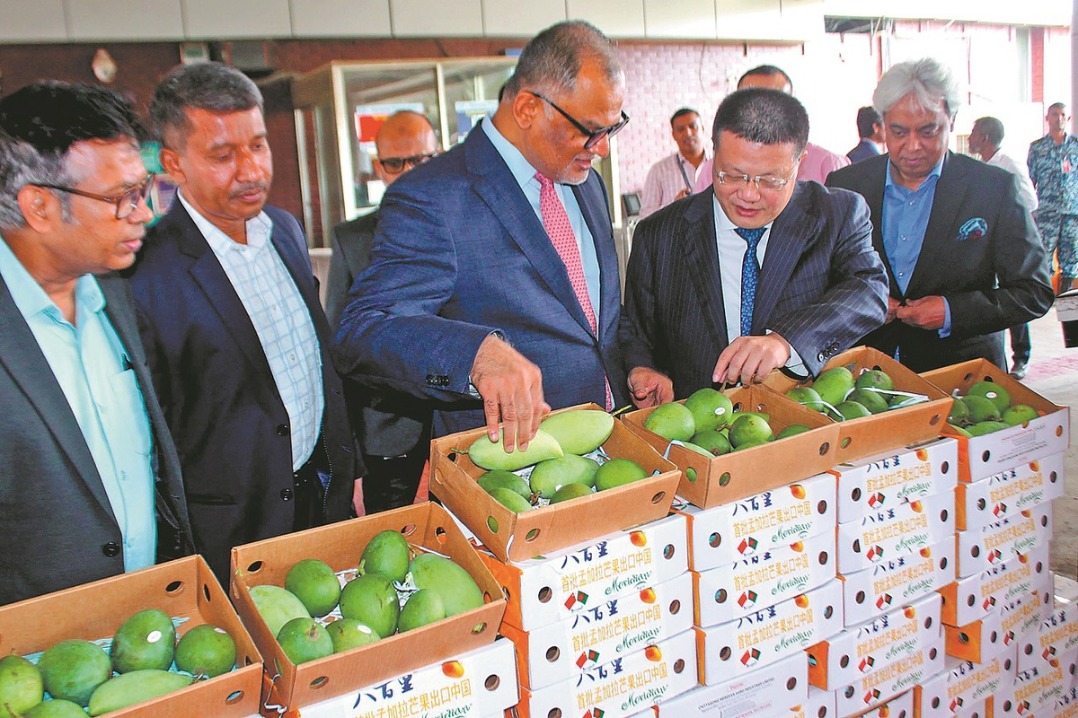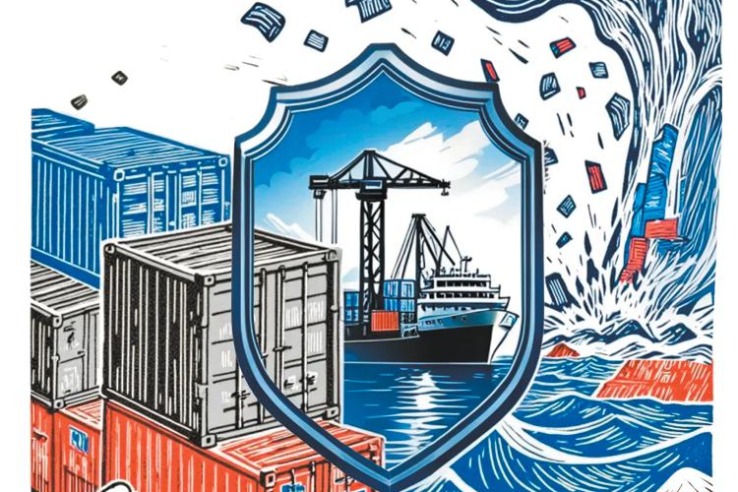Air conditioners 'cool tools' or 'heaters'?


People in northern China will remember the ongoing summer of 2023 for the extremely hot weather in and around Beijing and Tianjin, Hebei, Henan, Anhui and Shandong provinces, and the Inner Mongolia autonomous region and Xinjiang Uygur autonomous region. For the first time in history, in June Beijing has a recorded 15 days of high temperature of above 36 C.
While the Beijing Municipal Education Commission advised schools to reduce outdoor activities or cancel classes, hospitals tended to a lot more patients who had suffered heat stroke and doctors advised people, especially the elderly, to stay indoors and, if forced to go out, drink as much water as possible.
People living to the north of the Huaihe River are used to cool summers and very cold winters, and people in the south of the river are used to hot summers and moderately cold winters. Buildings and other infrastructure in the northern region are designed accordingly to withstand the elements. That’s why it is difficult for people in northern China to adapt to such prolonged hot weather. But it seems they have no choice but to do so.
The years since 2015 have been the hottest on record. “The world has already warmed by more than 1.2 C compared with the pre-industrial levels, resulting in profound, immediate, and rapidly worsening health effects. These health impacts are seen on every continent, with the ongoing spread of dengue virus across South America, the cardiovascular and respiratory effects of record heat waves and wildfires in Australia, western North America, and Western Europe, and the under-nutrition and mental health effects of floods and droughts in China, Bangladesh, Ethiopia, and South Africa,” said the Lancet Countdown on Health and Climate Change in a report two years ago.
The Lancet Countdown is the result of an international collaboration to provide an independent, global monitoring system for tracking the emerging effects of changing climate on human health. But now it needs to add China to the list of places that have been badly hit by heat waves and extreme weather.
Besides having damaging effects on health, rising air temperatures slow down most human activities. Studies have shown climate change has a significant impact on labor productivity, affecting time allocation (labor supply) and slowing down economic activity. Both labor supply and productivity are projected to decrease if climate change is not seriously addressed across the world.
Labor activity will further reduce by 25.9 percent to 32.8 percent in Africa, 18.6 percent to 25 percent in Asia, and 10.4 percent to 16.7 percent in the Americas, for low exposure (indoors or outdoors in the shade) and high exposure (outdoors in the sun) sectors, respectively. If people cannot adapt to the changing climate conditions, economic efficiency and people’s incomes, too, could reduce.
But how to mitigate climate change?
At the system level, reducing the use of fossil fuels and switching to renewable energy will help mitigate climate change as well as increase people’s adaptability. But since economies still run mostly on fossil fuels, it will take a long time to switch to renewable energy and upgrade the energy structure.
The volatility of the energy market, where geopolitical, financial, technological, and social factors are all at play, makes it difficult to take effective collective actions and thus reduce carbon emissions any time soon in the near future. Besides, the fact that Warren Buffett, arguably the most successful investor, has directed his Berkshire Hathaway to increase stakes in Occidental Petroleum to 25 percent shows the world is still dependent on and mostly profits from fossil fuels.
At the same time, the loss in fossil-fuel assets’ value has become a big social concern, reflected in investor expectations from enterprises’ value and therefore market prices, including stock market indexes. Experts have traced the ownership of 43,439 oil and gas production assets to a global equity network of 1.8 million companies. And the owners of those fossil-fuel assets were predominantly OECD-based individual investors (through pension funds and shareholdings) and governments of non-OECD countries.
This suggests phasing out fossil fuel could be a slow process. Perhaps State-owned enterprises in the energy sector in China could boost their share in renewable energy to help address the challenge.
To escape the high temperatures during increasingly hot summers, people need to use air conditioners. But air conditioners and electric fans already account for about one-fifth of the total electricity consumption in buildings across the world — or 10 percent of the total global electricity consumption.
With people’s rising incomes and population grow, especially in the tropical and sub-tropical regions, the use of air conditioners is becoming increasingly common. The International Energy Agency has projected that by 2050 about two-thirds of the world’s households could have an air conditioner, with China, India and Indonesia together accounting for half of the total.
However, the “growing demand for air conditioners is one of the most critical blind spots in today’s energy debate”. Setting higher efficiency standards for the need for air conditioners is one of the easiest steps governments can take to reduce the need for building new power plants, cut emissions and reduce costs, said Fatih Birol, executive director of the IEA.
Without measures to improve energy efficiency and address climate change, the demand for energy to keep indoors cool will more than triple by 2050. However, people can help address the problem by buying energy efficient air conditioners.
Of course, scientists and engineers are also working to mitigate the effects of climate change. For instance, inspired by the Sahara silver ant, Tso Chi-Yan has invented energy-free and low-cost daytime passive radiative cooling paint for buildings. Applied on rooftops, the paint lowers the indoor temperature by 5 C to 6 C, reducing the consumption of electricity to run air conditioners by 8-10 percent. The university-incubated I2Cool start-up producing passive radiative cooling paint has scaled up production and entered the Middle East market.
Hopefully, governments, the financial industry, research institutions and the people will all join hands to combat climate change and thus better protect human health — and Western Europe and China will not have to endure again the pains caused by heat waves and extreme weather in the summer.
The author is an associate professor at the School of Energy and Environment & Department of Public and International Affairs, City University of Hong Kong, and a visiting associate professor at the School of Public Policy and Management, Tsinghua University.
The views don’t necessarily reflect those of China Daily.



































